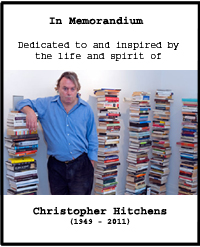All two and a half inches of this epic trilogy of 1000+ pages had been teasing me for ages on the shelf of my bookcase. It was there so long I forgot what review or wormholing reference inspired me to buy it. But there it sat, quietly, as dust collected upon it or was brushed away as I reached for the books adjacent to it. Patiently it waited for the inevitable New Book Night when I would finally decide it was it was time and pulled it down off the shelf to venture into the “extraordinary”, “fantastical”, “extravagant” fantasy world –so say the reviews on it back cover – that is the Ghormenghast Novels. Little did I know that after only a couple hundred pages into it other words were jumping into my mind such as “tedious”, “unmoving”, “disjointed”, “incomprehensible”, etc., etc..
It took me a few months to get through this deeply detailed set of novels about the vast Gormenghast Castle and many eccentric characters who twisted about in their lives of rituals and tradition within the ancient stone walls. A sure sign I was doomed was the fact that the first 500 pages or so was about the birth of Titus Groan, the next Earl of Groan who stood to inherit it all. Tedious, slow, self indulgent it was. This gothic fantasy was nothing like Lord of the Rings, no wizards, elves, dwarfs or any creatures at all. Just a dozen creepy characters lost in their distorted little world, among the grander yet distorted world of Gormenghast.
And then after 800 pages this medieval tale set in an unrecognizable time and place, transformed into a sci-fi tale of laser death rays, floating orbs and stalking androids. I never at any point knew what at all to think about it, but I suffered through it, read every word, trudged through every sentence, every paragraph, every page until, hoping for an answer or any meaning whatsoever, it just ended. Just like that. I feel as though someone needs to give me back several hours of my life.
But, the saving grace, well, that’s too strong. The only bit of solace was that in the critical assessments that were added to the end of this volume I discovered many reviewers of the novels felt exactly the same way I did. They felt confused and stated that to search for any meaning in these novels was a doomed endeavor. I agree.
But then I read another essay about the books that pointed out that Mervyn Peake was best know for his illustrations and that these books were a way for him to express the many detailed images he had in his mind that he could not express via painting or drawing. This reviewer likened it to Tolkien’s LOTR and said a very interesting thing. He said Tolkien wrote the LOTR trilogy to support a new language he developed and Peake wrote these books to support the images he saw in his head. This made much sense. I respect this, admire Peake’s efforts and in this vein can fully appreciate what he achieved. It was indeed self indulgent and he allowed himself to break with the traditional novel format and structure and what the world at large would expect and he just expressed himself. Kudos to him.
I just wish I read this review before I read the books. It would have saved me so much time.

